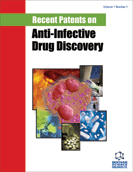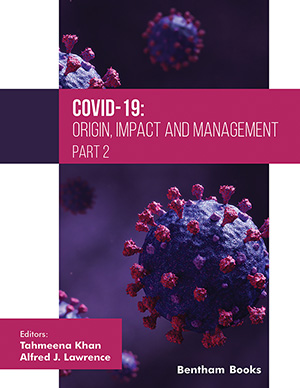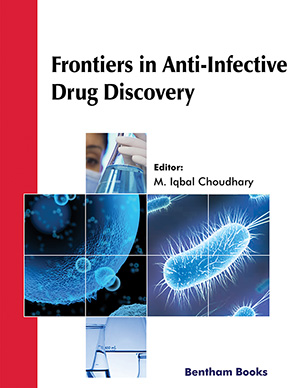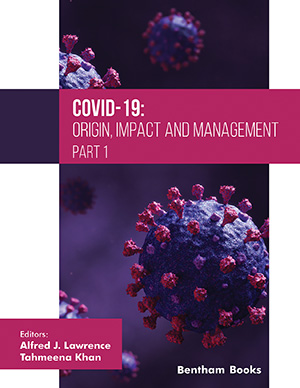Abstract
The technique of photosensitization for eradication of bacterial cells involves the use of molecules called photosesitizers (PSs) which generate reactive oxygen species (ROS) upon illumination with light of a suitable wavelength. ROS can oxidize biological molecules such as proteins, nucleic acids and lipids, which ultimately leads to bacterial cell death.
Use of PS-conjugates and immobilized PS can lead to a reduction in the amount of a compound necessary for bacterial cell eradication. In addition, PS-conjugates for delivering photosensitizer molecules are more effective for clinical applications, since the photosensitizers are targeted directly to bacterial cells.
This review reports studies and patents that demonstrate the possibility of increasing bacterial cells eradication by using specific and non-specific PS-conjugates such as: PS-antibiotic, PS-polycation (including PS-poly-L-lysine and PSpolyethyleneimine), PS-bacteriophage, PS-IgG and PS-siderophore. Studies and patents describing immobilized PS for drug delivery are also considered.
Keywords: Antibacterial, conjugation, immobilization, photosensitizers, polymer.
 38
38





















